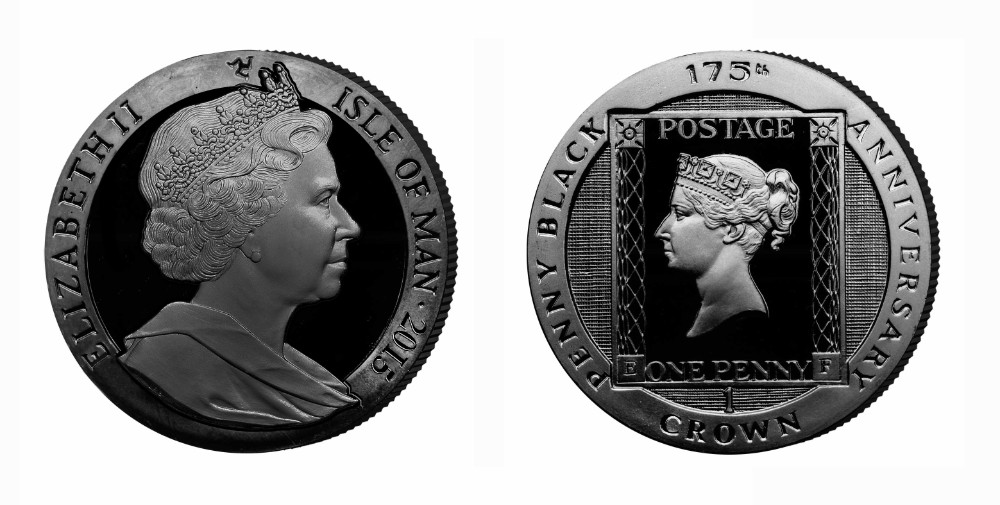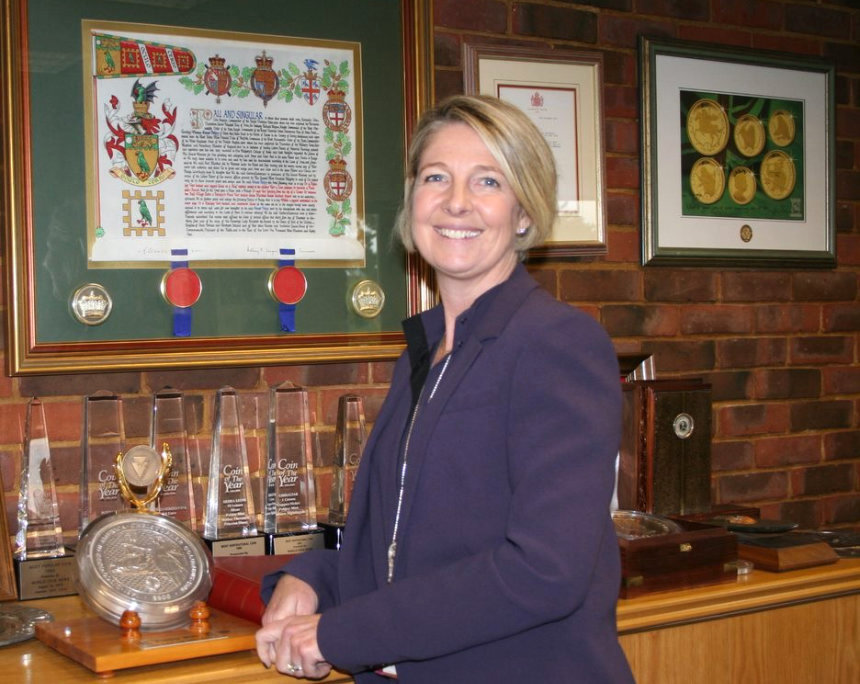Pobjoy Mint to Close Their Doors at the End of the Year
by Ursula Kampmann
For anyone who remembers the coin collecting boom of the 1970s, Pobjoy is something of an icon. For a long time, this name was virtually synonymous with the production of Non Circulating Legal Tender coins with attractive and popular motifs. Their openness to new techniques and their uncompromising focus on the tastes of a broad coin-collecting public made the name Pobjoy virtually a dirty word among traditional coin collectors. Pobjoy’s critics completely ignored the fact that their products were a huge success with collectors and cultivated an entirely new generation of coin enthusiasts to the hobby.
Now, the Pobjoy Mint are closing their doors at the end of 2023, after 58 years.
Content
The Influence of Pobjoy to the Coin Market
It all began in 1965, when Derek Pobjoy decided to buy a second-hand coin press alongside his jewelry manufacturing business, and on which he struck his first medal. This resulted in a career change despite the fact Pobjoy had no real numismatic knowledge. Instead, he did have an excellent sense of what the coin market was missing and what it demanded. In the 1960‘s and 1970‘s, the market was crying out for both collectible and investment products. Traditional mints, with their boring designs and government restrictions, were unable to meet that demand. When the Pobjoy Mint signed its first licensing agreement with the Isle of Man, it was a win-win scenario for everyone: for Pobjoy, the Isle of Man and collectors.
Pobjoy designed attractive, market-oriented coins that appealed to a broader public sector. This suddenly provided an alternative to the stodgy politicians, poets and philosophers that frequented state-sanctioned commemorative coins. The Pobjoy Mint – followed by other private mints such as the Swiss Huguenin – shook up the market and, working with direct marketing companies, set entirely new standards, much to the disdain of traditional collectors. The wider public, on the other hand, loved what Pobjoy was doing. In a very short period of time, the Pobjoy Mint established itself in the market specialising in modern coins, and their designs became trend-setting.

Pobjoy’s “Penny Black” of 1990, issued for the Isle of Man, was a great success. In 2015, the coin was newly issued to mark the 175th anniversary of the famous stamp. Photo: Pobjoy Mint.
The gold Angel issued in 1984 for the Isle of Man won a COTY in 1986 in the category of most beautiful gold coin – and on only the third occasion of this competition! Derek and Taya Pobjoy were to carry home many more trophies to their native Surrey over the years. Indeed, in the 1990‘s, Pobjoy was regarded as one of the world’s most successful mints. In 1991, for example, their products were nominated in eight COTY categories, and in 1992 the Penny Black Crown won not only the Coin of the Year Award but also in the categories as the most innovative and as best Crown-sized coin. Pobjoy also won the category for the most popular coin that year. Visit the Pobjoy website. Many other achievements are listed there, including the development of their own nickel-silver variant and the minting of colored titanium coins.
Today, what made Pobjoy a success in the 1990‘s is now commonplace at all mints. Even the extremely conservative German mints are trying their hands at color minting and techniques developed mostly by other companies. In the meantime, all state mints have routinely adopted the successful model of private mints. However, because state mints have quite different resources, the private mints have now found themselves at a disadvantage. They could for instance, similar to B. H. Mayers Kunstprägeanstalt in Munich, strive to develop new techniques and bring them to market. But, this is exhausting, expensive and requires constant fine-tuning of the final product, or they close down the same way Huguenin and Pobjoy have.
Taya Pobjoy, managing director of the Pobjoy Mint, has chosen a better path than Huguenin in this regard. She has openly and forth-rightly communicated the end of Pobjoy, while giving all collectors the opportunity to buy the last coins available through the website. At this juncture one might be inclined to wish Taya that the last coin offered from the Pobjoy Mint, which she has already announced in an interview, will be a great final success for the mint.
Why Does Pobjoy Have to Close?
The fact that Pobjoy is closing is indeed sad, but not surprising for those who know the market. The problem is the overproduction of commemorative coins, which are currently flooding the market. For years, all mints have been upgrading and buying faster, better, more precise machines. Taking advantage of these upgrades and to mitigate their costs, ever larger quantities of coins are minted. Also, since there is less and less demand for circulation coins, the state mints are trying to fill their production capacities with commemorative coins – for their own countries or under license for third countries. As a result, those who can no longer keep up with this competition for investment are left behind. For example, a small, family-run company like Pobjoy.
Their closure is also due to the fact many more commemorative coins are minted worldwide than the market can absorb. This closure comes despite the fact that the coin market is experiencing a boom in a way it hasn’t for decades. The current boom is even surpassing that of the 1970‘s!
People are indeed buying, but only what they expect to retain or even increase in value. The state mints currently still have a trust advantage in this respect. But this will soon be lost if those responsible continue to focus on the array of different products and huge mintages without worrying about what customers will receive when they resell their coins. Unfortunately, too few mints still care about this issue. Pobjoy didn’t seem to care either, which leads us to another question.
Great Unsaleable Brands
It is after all, remarkable that no one seems to have been found who would have wanted to buy the name of this established brand. The same phenomenon could be observed about the more than 150-year-old private mint Huguenin.
In any other industry, such established brands would be worth quite a lot of money. Why is this not true to the same extent for the private mint sector? Could it be because two generations of collectors have come to associate negative experiences with the sale of Pobjoy and Huguenin products? The large mintages, the prolific amount of issues, not to mention the lack of a functioning secondary market have left countless numbers of disappointed collectors. Each and every one of them must have been horrified to learn, when visiting a coin dealer, what the latter was willing to offer them for their investment, which had been marketed and sold as something all too precious.
Brands only work if they are associated with positive values and experiences, but Pobjoy and Huguenin have squandered that association.
Nevertheless, the end of such an important player in the international coin market fills me with sadness though the name Pobjoy will not disappear completely. Richard Cunningham, husband of Taya Pobjoy, has returned to the origins of the Pobjoy dynasty and has gone back into jewelry production. So, who knows, maybe some distant descendant in the far future will buy another used coin press to revolutionize the coin world.








